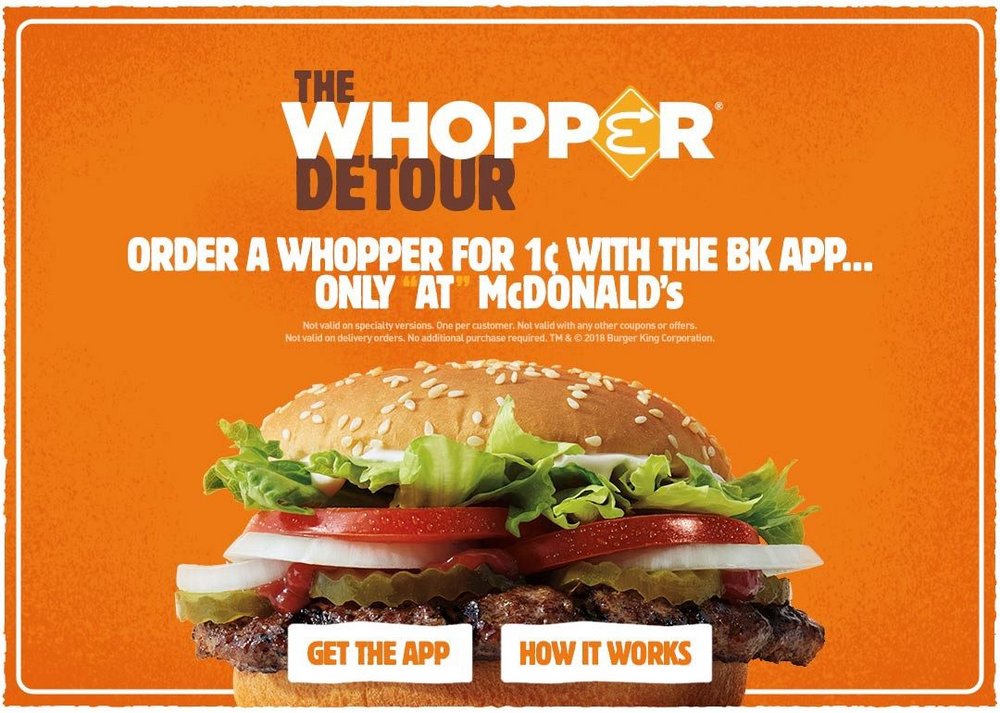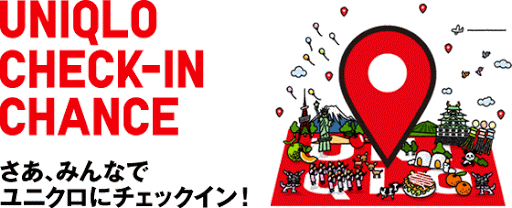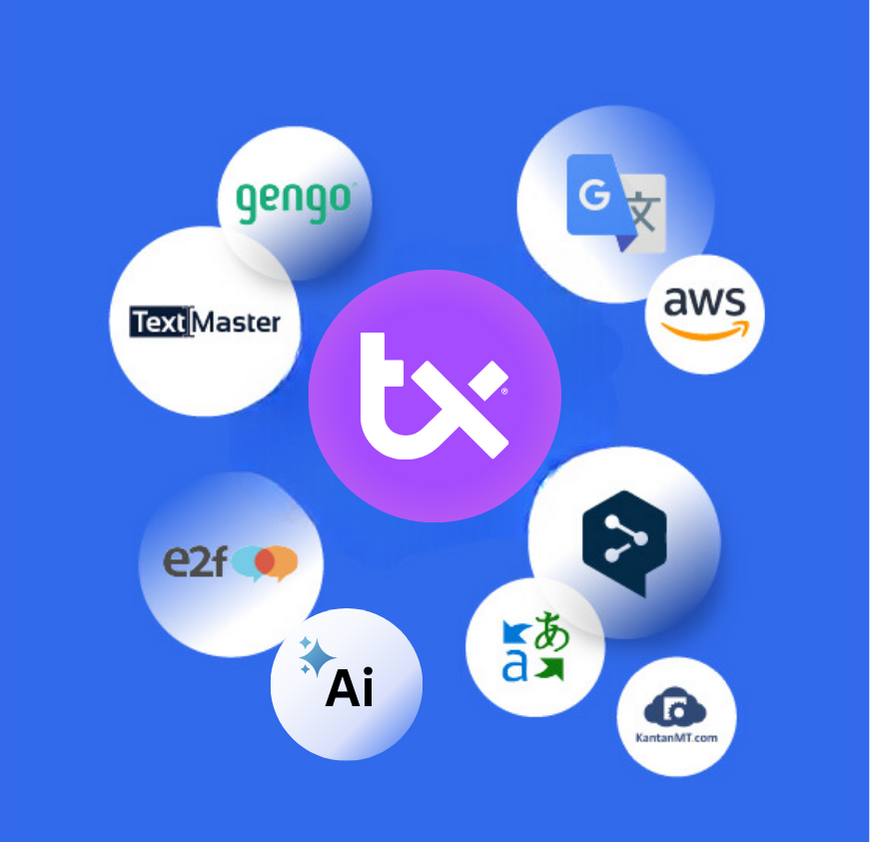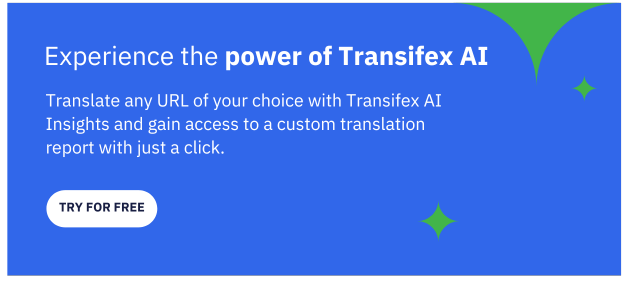Have you ever noticed ads popping up on your phone about a nearby store’s sale? Or maybe you’ve received a coupon from your favorite coffee shop just as you pass by? That’s geo-targeting in action!
By utilizing the power of location targeting, you can tailor your marketing strategy to engage local prospects, specific countries, or even target audiences by zip code.
In this article, we’ll break down this laser-sharp approach and explain how it can help you achieve your marketing goals by ensuring your message reaches the right people at the right time.
What is geotargeting in marketing?
Geo-targeting is a data-driven marketing tactic that enables you to deliver personalized content or ads to specific audiences based on their geographic location. By using real-time location data, you can tailor your message to match the local interests and needs of your target audience.
“Testing different ideas and approaches when location is taken into account can create very interesting insights–and often much different conversion rates.” – Neil Patel
What are the different types of geotargeting?
Geotargeting encompasses a range of different methods to focus your marketing efforts. All of these methods have one thing in common: They allow you to customize different content and deliver it based on users’ location.
Think about searching for something online. If you search for “pizza delivery near me” in California and your friend searches the same thing in New York, you’ll likely get completely different results. Geo-targeting recognizes where you are and customizes content, like deals and ads, specifically for your local area.
There are seven main types of geotargeting, and the choice depends on your campaign goals, budget, and available tools.
By using these geotargeting features, you can achieve a significant impact on your marketing outreach.
Geo-Fencing
Geo-fencing involves creating a virtual boundary around a specific location, such as a store or an event venue. When a consumer enters within the radius of that specified area with a mobile device, they can receive targeted ads or notifications.
Starbucks leveraged geo-fencing technology in their mobile app to send push notifications with limited-time offers to customers when they entered a Starbucks location. This strategy resulted in increased foot traffic, app usage, and sales, among others.
Geo-Conquesting
Similar to geo-fencing, geo-conquesting targets users within a competitor’s location. The aim is to entice consumers away from the competition with better offers. For instance, a retail store might target users at a nearby competitor’s store with ads for a sale.
Burger King took geo-conquesting to a whole new level with their “Whopper Detour” campaign. They created a virtual geo-fence around competitor McDonald’s locations. When customers entered this zone, the Burger King app unlocked a deal for a 1-cent Whopper. To redeem it, customers had to drive away from McDonald’s and head to the nearest Burger King.
This ingenious and playful campaign was voted best marketing campaign for that year, and it successfully increased app downloads and sales for the fast-food chain.
Location-Based Search Advertising
This geo-targeting type focuses on users who search for location-specific keywords or who have a search intent that implies a need for local information. Businesses can bid for ads that appear for searches like “restaurants near me” or “car repair in [City Name].”
Local Social Media Advertising
Platforms like Facebook, Instagram, and Twitter allow advertisers to target ads based on users’ locations. This can be as broad as a country or as specific as a zip code. Localized content can increase engagement by being more relevant to the local community or cultural context.
In 2012, UNIQLO launched a “UNIQLO Check-in Chance” campaign in Japan on Facebook. They encouraged customers to check in at UNIQLO stores, which entered them into a prize draw to win 100 yen that could only be used at UNIQLO during the sales period. Through Facebook check-ins, UNIQLO saw more than 200,000 people passing through their stores in just six days and received well over 10,000 likes on their FB page.
IP Targeting
This form of targeting uses the IP address of a user to determine their geographical location and deliver tailored content or ads. Although not as precise as GPS data, it’s effective for broader regional targeting, such as city or country-level advertising.
Weather-Triggered Advertising
Some marketing platforms enable advertisers to trigger ads based on the local weather conditions. For example, a retailer could show ads for umbrellas or raincoats to users in areas currently experiencing rain.
Proximity Marketing with Beacons
Beacons are small devices that use Bluetooth technology to send messages or alerts to smartphones within a short range. Retail stores use beacons to send special offers or information to shoppers as they navigate different sections of the store.
A great example of this method is Burger King’s partnership with the navigation app Waze to deliver location-based promotions to drivers passing by their locations. This allowed the US chain to concentrate its marketing efforts using highly specific location data.
How is Geotargeting used in marketing?
Geotargeting gives marketers a powerful toolkit to personalize and optimize their campaigns. Here are the key ways you can leverage it:
- Hyper-Relevant Messaging: By knowing the location of your audience, you can create targeted messages that resonate with local customs, events, or interests, leading to higher engagement and effectiveness of your marketing campaign.
- Customer Segmentation & Personalization: Analyze the geographic data of your customer base to segment potential customers by region, city, or even neighborhood. This allows for a personalized marketing approach catered to local preferences and behaviors.
- Location-based Offers: Send special offers or discounts to customers when they are near a physical location or within a certain radius.
- Competitive Targeting: Advertise to users in the vicinity of your competitors with better deals or unique selling points to divert customers.
- Optimized Marketing Spend: Focus your budget on the areas where your ideal customers are most concentrated, which maximizes your ROI and eliminates wasted ad impressions.
How can businesses effectively implement geo-target marketing?
STEP 1 – Define Your Goals
What do you want to achieve? Do you want higher website traffic from a specific region? More foot traffic to your store? Increased sales in a new market?
Your goals will shape your entire strategy.
STEP 2 – Identify Your Target Audience
The best way to do audience targeting is to dig deeper than just location. Think about the demographics, interests, and behaviors of people in your target areas. Who are they, and what do they care about?
STEP 3 – Choose the Right Platforms
Each platform has its merits. Google Ads is excellent for search intent, Facebook and Instagram for social, and specialized tools exist for things like geo-fencing. The best mix for you will depend on your goals and audience. Here are a few popular tools to explore:
-
Google Ads: Offers location-based targeting for search and display ads, enabling businesses to reach users in specific areas.
-
Facebook Ads: Enables targeting based on location (country, city, zip code, etc.) and lets you create location-specific ad sets.
-
GeoEdge: Provides advanced geo-fencing capabilities, allowing you to target users within highly specific virtual boundaries.
-
Snapchat Ads: Offers several location-based targeting features, including custom geo-fences and audience targeting based on places people visit.
-
PlaceIQ: Specializes in location intelligence data and analytics, helping businesses measure and optimize their geo-targeting campaigns.
STEP 4 – Craft Localized Content
Simply delivering the same content across different locations won’t cut it for effective geo-targeting. To truly connect with diverse audiences, your messaging needs to be translated and expertly adapted for each local market. The process of crafting content that resonates with local audiences is called localization, and it’s the heart of successful geo-targeted marketing.
Challenges of Traditional Localization
Traditionally, localization is a complex multi-step process. It involves content extraction, translation, editing for cultural sensitivity, formatting for different platforms, and much more. It’s a time-consuming, laborious process that can quickly become costly and error-prone. This often means delays, missed opportunities, and inconsistent brand messaging across markets. That’s where platforms like Transifex come into play.
Transifex: Speed, Accuracy & AI Automation
Transifex is an AI-powered localization hub that empowers you to quickly get your message to global audiences by automating all the steps of the traditional localization workflow.
You can easily upload website copy, marketing materials, and multimedia content to the platform. Then, you can select target languages and regions, ensuring that your message is tailored to each audience’s preferences and cultural nuances.
Here’s how AI-powered localization can maximize the benefits of geo-targeting:
- Take Your Content Global: Transifex enables you to localize your website, app, or vast amounts of content rapidly. Create compelling marketing campaigns in one locale and effortlessly tailor and deliver them across all your target markets.
- Automated Translation Workflows: Machine Translation (MT), Translation Memory (TM), and AI amplify your content’s reach in international markets while ensuring accuracy and cost savings.
- Seamless Integration: Transifex connects with your existing systems (CMS, websites, etc.), enabling dynamic updates and deployment of localized content without the need for developer involvement.
- Consistent Brand Voice: Automated translations in Transifex utilize glossaries and style guides to ensure every piece of content reflects your brand’s unique voice across all languages.
- Streamlined Collaboration: Transifex brings all teams onto a single platform with real-time updates and automated notifications to keep all parties up to speed.
STEP 5 – Optimize for Search Engines
Geo-targeting and SEO go hand-in-hand. Here’s how to boost your rankings in a specific area:
- Local Keywords: Research what phrases people in your target area use to find your products or services.
- Local Business Listings: Make sure you’re listed on maps, directories, and review sites relevant to your location.
- Geo-specific Landing Pages: Design landing pages optimized for each target region to funnel visitors toward your desired call to action.
Now, here’s where it gets exciting – with Transifex AI’s advanced capabilities, you can incorporate SEO best practices into the translation process for your selected location group with just a click of a button.
Transifex helps expand your reach by providing SEO-optimized, high-quality translations tailored to your brand’s voice for any international audience. Globalize your content marketing and geotargeting ads with the power of AI.
STEP 6 – Measure & Adapt
Geo-targeting is dynamic. Use these analytics insights to optimize your ongoing campaigns:
- Website Traffic: Track where your visitors are coming from and see if there’s an increase in your target regions.
- Engagement Metrics: It’s important to keep an eye on your selected engagement metrics in targeted locations. Take Celonis, for instance. By localizing their course material, they were able to improve course completion by five times and increase product adoption in international markets. So, make sure to identify and monitor the metrics that apply to your campaign regularly to measure the impact of your strategy.
- Conversions: This is the ultimate metric! Analyze if sales, leads, or email signups are trending upward for your specific ad campaign or other content.
Success Tip: Don’t be afraid to experiment. Test different targeting methods, ad formats, and content variations to see what drives the best results.
Important Note: Always respect user privacy and be transparent about collecting and utilizing location data. Comply with regulations like GDPR (Europe) and CCPA (California).
Wrapping Up
If you want to reach more people or target specific demographics, geo-targeting is an essential tool in any successful marketing campaign.
By understanding your audience’s location, you can deliver hyper-relevant messages, optimize your advertising strategy, and ultimately drive more conversions. And with the help of platforms like Transifex, you can overcome the localization challenges that are critical to maximizing your success within those geo-specific markets.
Ready to take your geotargeted marketing to the next level?
Transifex’s AI-powered localization hub helps you create and deliver consistent, culturally adapted content across any language and location.
Sign up for a free trial today and engage the world with the power of AI.
FAQs
How do I start with geo-target marketing?
To start, develop a strategy that aligns with your business goals. Identify your target audience and their geographic locations, then create personalized messaging based on those locations. Platforms like Google Ads offer tools to help you implement your strategy effectively.
What are geo-targeting keywords? How does it help in SEO?
Geo-targeting keywords are location-specific terms used to target audiences in particular regions. By incorporating these keywords into your content, you can attract local traffic, improve relevance for users in specific areas, and boost your SEO rankings by aligning with geo-specific search intent.














